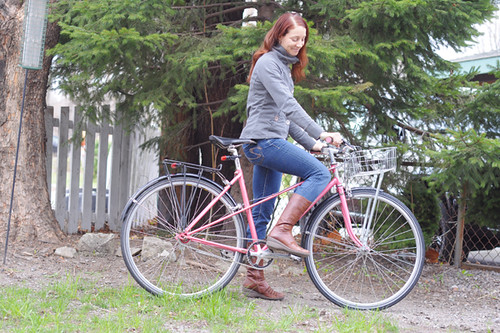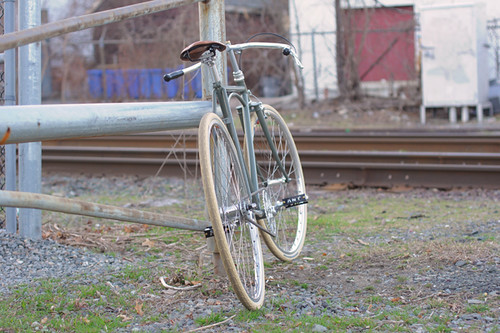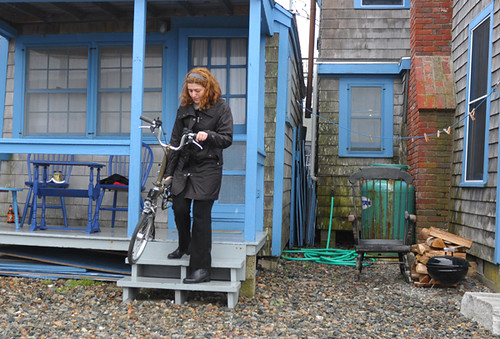As you may have heard, we've had a little snow here in the Northeast. We were out of town in the days before it was expected to hit, and hurried to make it back before the travel ban went into effect. Yes: a motor vehicle travel ban for all of Massachusetts was declared, with violations punishable with a year of jail time. Still, here in Greater Boston many doubted the seriousness of the blizzard to come. We've been fooled before with promises of sensational snowstorms, only to receive a measly couple of inches.
This time however, the universe followed through. Over 2 feet of snow had piled up outside our front door by morning, and that was after the stairs had been shoveled the night before.
Beyond the front door I could see an awkward heap of snow, which I realised was the neighbours' car.
Our street looked like this, after the plows had gone through it.
The normally busy main road looked like this.
And this. (Notice anything missing?)
At around 9:30am I saw a procession of plows making their way down the road.
But it continued to snow until mid-morning, quickly covering any progress the plows made with another dusting.
I encountered surreal scenes, such as this one. Any car that had been left out on the street had now turned into a giant snowbank.
Once the snow stopped falling, vehicle excavations began.
They would continue zealously until sunset.
Clearing sidewalks was tricky, considering how much snow had fallen. Some dug trenches, which had to be navigated single file - the snow nearly waist-high.
But for the most part the sidewalks had not been cleared and pedestrians took to the roads.
Mostly on foot, by sometimes on sleds, snowshoes, and skis.
I was a little envious of the snowshoes I have to admit; I would love to try them.
In the first half of the day, I did not see any bikes being ridden. The road surface was too uneven and soft for most cyclists and bicycles, myself included.
At least in the first half of the day, the driving ban was enforced. A police SUV slowly circulated the neighbourhood shouting threats over the loudspeaker at anyone who attempted to drive, other than snow plow operators and city workers.
Pedestrian movement was not impeded, and soon people took over the roads.
At some point, word came that a party was being held in nearby Union Square.
Pretty soon, it seemed like the entire neihgbourhood headed that way (except those still digging out their cars!).
There was music blaring and people dancing. Despite the potentially serious nature of a blizzard of this magnitude, the atmosphere in the entire neighbourhood was downright festive. Those out on the streets were saying hello to one another, and smiling ear to ear.
Kids, adults, everyone looked happy to be outdoors, enjoying themselves.
Some wore costumes.
Others came ready to fight.
As the afternoon waned and the snowplows laboured tirelessly, I began to see a few bikes here and there.
But still mostly sleds.
And toboggans.
And skis.
And various snowboard-like contraptions.
I did a lot of walking throughout the day. Many layers were donned to deal with the cold, but nothing out of the ordinary.
Others got creative with plastic bags, various DIY overshoes and blanket-capes.
To see our entire neighbourhood so active and energetic at a time when it was expected to be immobilised was quite something. By mid-afternoon a few local businesses opened their doors to meet the foot-traffic demand for coffee, alcohol and groceries. All of these places were packed.
It seems that Somerville, MA has weathered the storm well, and there have been no disasters. In the meantime, the snow plows are still at it. Excavations of vehicles continue. And although the motor vehicle ban is now lifted, along the largely unplowed side streets snowshoes continue to rule the roads.
More pictures here - enjoy the rest of the weekend!






















































